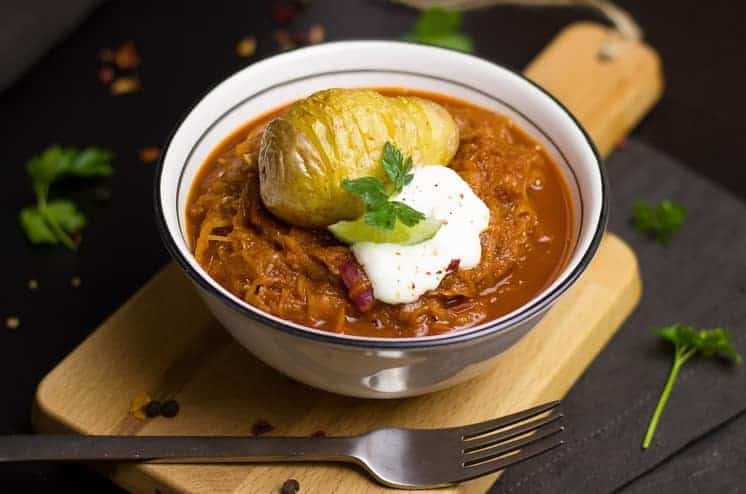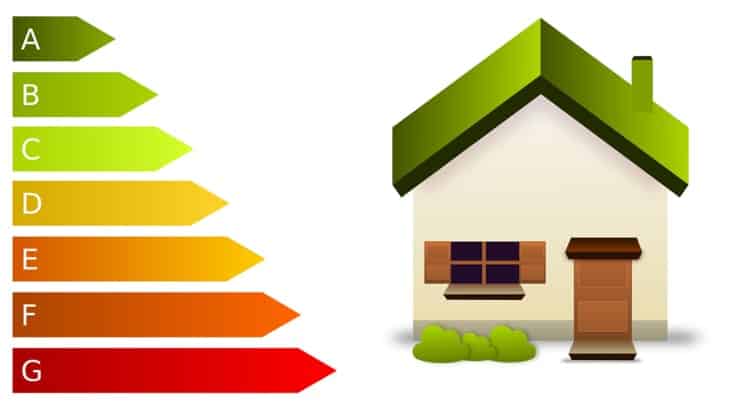The first prototype of what was to become the pressure cooker was presented to the Royal Society of London back in 1681 (invented 79 but presented 81) by a French physicist named Denis Papi. His invention, just like the pressure cooker we know today, raised the boiling point of water and reduced cooking times substantially.
However, the public would have to wait about 250 years before they could lay their hands on a pressure cooker for home use. Back then there were no electric pressure cookers – everything was cooked on a stovetop. While stovetop pressure cookers still exist and are used regularly – the introduction of electric pressure cookers changed the game.
I decided to do some research on the topic and this is what I came up with.
How do electric pressure cookers work? Unlike stovetop pressure cookers, electric pressure cookers are equipped with a heating element that heats the contents of the sealed container when powered. An electric pressure cooker requires almost no manual adjustments – it is capable of automatically regulating temperature and pressure with the help of sensors. When the desired temperature and pressure is reached, the heating element activates a standby mode as long as the levels are maintained – when they change, the heating element is activated until those levels are reached once again.
Both electric and regular stovetop pressure cookers work on the same principle and that’s steam pressure. Basically, what the pressure cooker does is a pretty simple yet awesome procedure.
First, the pressure cooker’s container is filled with liquids and sealed shut, the liquids are then heated to a boil which produces steam.
Because the container is sealed shut, except for a small valve that releases a little bit of steam gradually, the steam trapped inside the container builds up pressure. This results in two things:
- The boiling point of water increases as the pressure increases: Water boils at 212F at sea-level and evaporates when it reaches higher temperatures. Therefore, you are limited to cooking at 212F – but with the increased pressure of the pressure cooker, the boiling point of the water inside the container can stretch as far as 250F.
- The pressure forces liquids into the food: The increased pressure also forces moist heat into the food. This, in turn, makes the meat extra tender and reduces the cooking time.
Thanks to the increase in pressure, the pressure cooker can cut cooking times by a significant amount. This one principle is, as I stated before, used by both electric and stovetop pressure cookers.
What’s the Difference Between an Electric and a Stovetop Pressure Cooker?
So if they both run on the same principle – what differentiates them?
Electric pressure cookers are more complex than regular stovetop pressure cookers in their design but much more convenient to operate. Still, the electric pressure cooker does not trump the traditional stovetop cooker in every endeavor – they have their areas of expertise.
The third generation pressure cookers, the electric ones, are equipped with their own heat source. Traditional pressure cookers are not, instead, they are placed on the stove to harness heat – thereby the name “stovetop pressure cookers”.
Electric pressure cookers are all about automation and require very little attendance and maintenance. When pressure or temperature levels fall off, the electric pressure cooker makes automatic adjustments until optimal levels are reached once again. Sensors pick up signals that indicate if the levels are stable or not – from there, the pressure cooker decides if it needs to power the heating element or not.
Being able to run the heating element periodically equals less energy consumption.
With built-in sensors that regulate levels back and forth, the electric pressure cooker seems futuristic in comparison to the stovetop pressure cooker – where levels must be adjusted manually by the user.
Regular cookers come with a gauge that indicates the temperature and the pressure levels. When levels aren’t balanced, the temperature on the stove must be adjusted manually.
Because the electric pressure cooker is as automated as it is, the process of mastering it is easier than that of a traditional stovetop cooker.
One of the most popular electric pressure cookers is the Instant Pot. If you showed the Instant Pot to Denis Papin who invented the steam digester back in 1679, he would most likely accuse you of being a witch of sorts.
The Instant Pot and many other electric pressure cookers (multicookers) are capable of doing more than pressure cooking – they come with features that turn them into slow cookers, rice cookers, yogurt makers and more with the push of a button.
Are Electric Pressure Cookers Safe?

The worries associated with pressure cooking still exist, even though pressure cookers are extremely safe to use these days. The thought of containing pressure inside a heated vessel seems dangerous – but today, pressure cookers are fail-safe.
Manufacturers have spent time and money developing safety measures to make sure no one is injured using their products. Modern pressure cookers come armed with different types of safety systems.
Thanks to back-up vents and overpressure valves, pressure cookers can now release excess pressure. Usually, the pressure levels should be stable, but if the pressure cooker for some reason does not stop heating once full pressure is achieved, it is extremely convenient to have a release for excess pressure. The overpressure plug can also be used if the regular release valve clogs up during the cooking process.
Lastly, to prevent the lid from shooting through the roof when opened, the sealing ring inside the lid prevents the user from opening the lid until the pressure has dropped.
With all these features working properly, one can feel very safe when using an electric pressure cooker. It is important to check up on the features and the components to ensure that they are working accordingly.
Are Electric Pressure Cookers Better Than Stovetop PCs?
Pressure cookers are praised for their ability to prepare meals quickly, while this is true for both versions of the pressure cooker tests have shown that the traditional stovetop cooker is a little bit faster than the electric pressure cooker.
The stove produces heat more effectively than the heating element in electric pressure cookers. However, the downside of using the stove as a heat source is that it requires much more supervision. The user has to reduce or increase the temperature to keep pressure levels stable.
Having to attend the appliance so frequently makes it less convenient than the electric version. In fact, the electric pressure cooker can be left unattended – which I don’t recommend doing, and I absolutely don’t recommend leaving your house.
I usually start cooking then I do other chores around the house while checking up on the pressure cooker now and then.
Another huge advantage of using an electric pressure cooker is the versatility that it provides. Oftentimes, you’ll see an electric pressure cooker with a bunch of buttons – these buttons offer different methods of cooking. It is common for an electric pressure cooker to double as a rice cooker or slow cooker.
Cleaning the electric pressure cooker can be more time-consuming because not all parts can be soaked in water. Stovetop pressure cookers don’t have electric parts and can, therefore, be submerged in water without malfunctioning.
Are Electric Pressure Cookers Energy Efficient?

The cost of running an appliance correlates with how long it takes to run a cycle on the appliance. If the appliance is used for several hours every day, you can count on it costing you a bit of cash – therefore, it is beneficial to use methods of cooking that are quick. When it comes to pressure cookers, we know that they are much quicker than many other methods – in some cases up to 70% faster.
While tests have shown that electric pressure cookers aren’t as quick as the stovetop ones, they are still quick. Another thing to take into consideration is the electric pressure cooker’s ability to engage the heating element only when needed – when cooking in an Instant Pot for a long period of time, the heating element is actually only used for about 40% of the duration.
Pressure cookers also require less water than boiling on a stovetop does, making it an even greener way to go.
How Do Electric Pressure Cookers Release Pressure?
When finished cooking in the pressure cooker, the user has to depressurize the pressure cooker in order to open the lid. There are two methods of doing this on electric pressure cookers.
- Natural release: The switch is left on the Sealed position and pressure is released gradually when you are done cooking. As the temperature lowers, the pressure is released slowly. Once it’s released fully, the float valve drops and the lid unlocks.
- Quick Release: When finished cooking, turn the switch to Venting/Quick Release. This opens up the release valve and pressure drops as blasts of steam are forced out of the container.
The quick release comes in handy when you’re cooking foods you don’t want to overcook as it releases pressure instantly, whereas the natural release takes quite some time. When cooking food that creates foam inside the pot, it is suggested to use the natural release to avoid foam from blasting through the release plug.
Just keep in mind that anything inside the container continues to cook while the pressure cooker releases pressure. Naturally releasing pressure may lead to overcooking if not planned accordingly.

